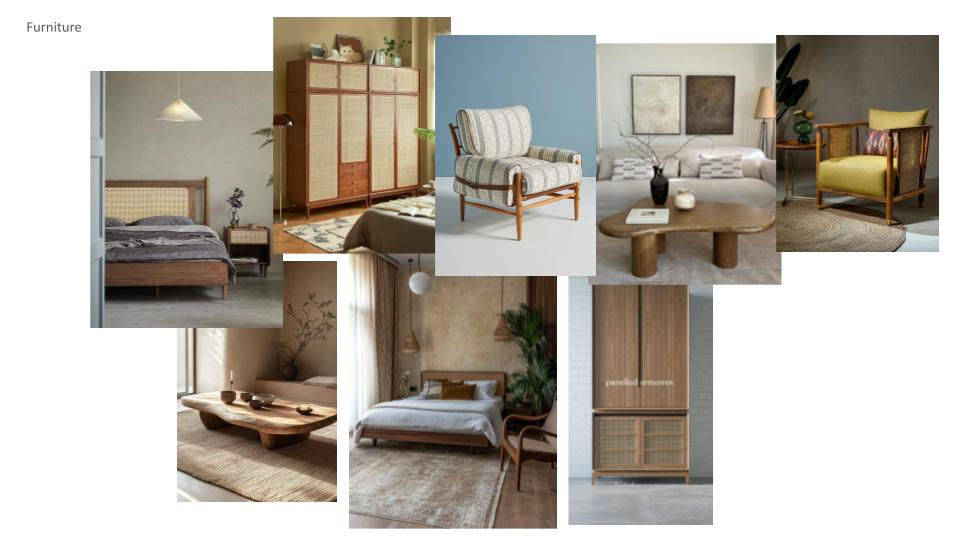Making a Prototype
- Tanushree Bhagwat
- Jun 23, 2023
- 2 min read
Module by: Dushyant Asher & Milind Mahale
-Tanushree Bhagwat
Prototyping is a process of testing, and in this process, the aim is to design, resolve, experiment and test out material and other factors of making space. In the 3 weeks of the Allied studio, the group focused on creating material prototypes through intense exploration and fresh experimentation.
These experiments were mainly divided into two methods, the gravity method and the origami method, namely. The groups focused on the gravity method were further divided into two, while one group focused on making and designing a unit module which could be repeatable forming different spatialities, the other group focused on achieving forms by suspending the cut pieces of any cloth material for experiments eventually heading to glass fibre under the influence of gravity to achieve the desired form.
On the other hand, the origami groups focused on executing folds to develop steady forms. Starting on paper with smaller geometries and tessellations, these experiments further delved into a deeper material analysis, eventually concluding it with fibreglass, random mesh and resin.
While the gravity method provided less control over the output, origami is a more self-contained geometry.
Throughout the allied course, this process was interrogated and investigated by the means of the apparatus and its possibilities to derive new forms based on gravity and surface-based folds.
The first week of this course established an explorative approach by making various measurable apparatus, frameworks, and folding geometries to understand the behaviour of forms and their affordances.
Experiments at different scales used different apparatuses and had to be engineered according to size and the load they would end up taking. As a result of it, the strength and accuracy of every apparatus changed with scale, thus affecting the desired outcome. Further delving into the study the groups also experimented with materials like jute, felt, aluminium mesh, cotton, OHP sheets etc. and their behaviour following the addition of resin. Through this inquiry, it was realised that the hardening of resin is an exothermic reaction that releases harmful fumes, and it behaves differently with each material/ fabric.
Finally, after multiple explorations, the groups were urged to manufacture utilitarian objects/ forms, like benches, tables, chairs, shades/roofing systems, that would take a certain load without failing structurally while using fibreglass, random mesh and resin mixtures.









Comments